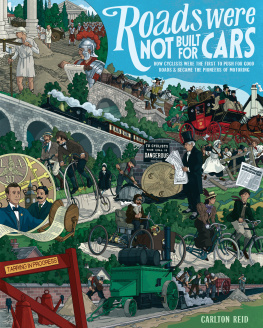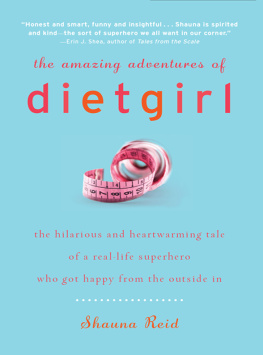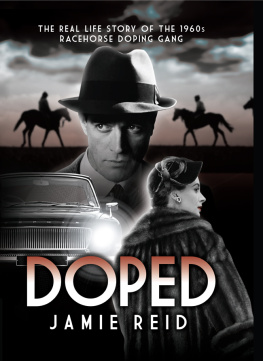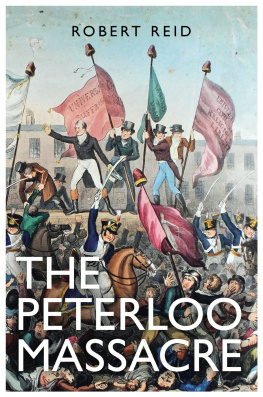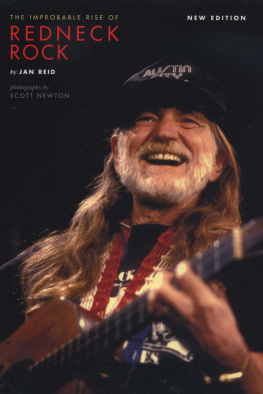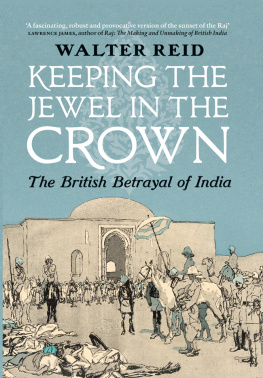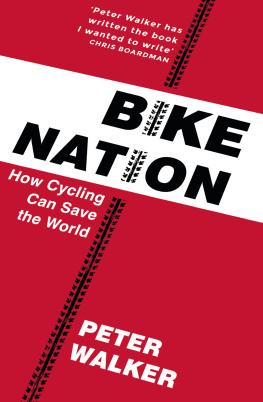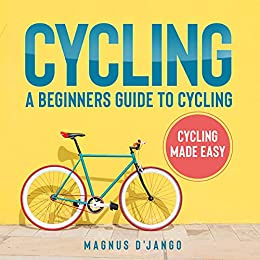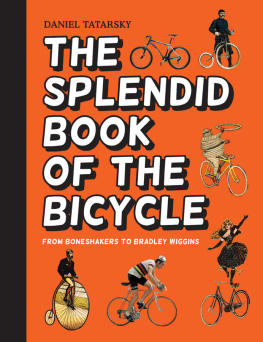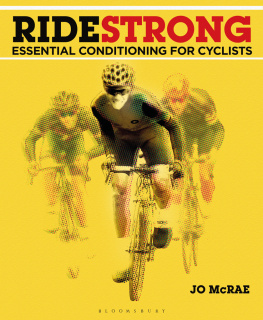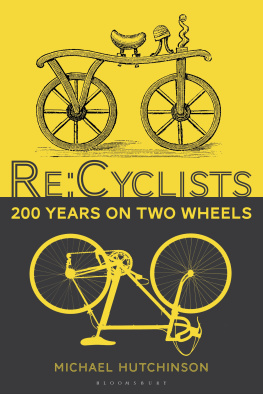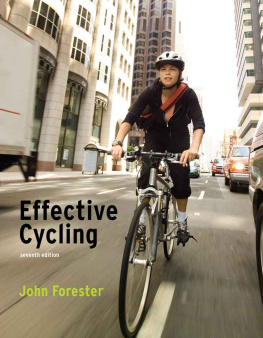About Island Press
Since 1984, the nonprofit organization Island Press has been stimulating, shaping, and communicating ideas that are essential for solving environmental problems worldwide. With more than 800 titles in print and some 40 new releases each year, we are the nations leading publisher on environmental issues. We identify innovative thinkers and emerging trends in the environmental field. We work with world-renowned experts and authors to develop cross-disciplinary solutions to environmental challenges.
Island Press designs and executes educational campaigns in conjunction with our authors to communicate their critical messages in print, in person, and online using the latest technologies, innovative programs, and the media. Our goal is to reach targeted audiencesscientists, policymakers, environmental advocates, urban planners, the media, and concerned citizenswith information that can be used to create the framework for long-term ecological health and human well-being.
Island Press gratefully acknowledges major support of our work by The Agua Fund, The Andrew W. Mellon Foundation, Betsy & Jesse Fink Foundation, The Bobolink Foundation, The Curtis and Edith Munson Foundation, Forrest C. and Frances H. Lattner Foundation, G.O. Forward Fund of the Saint Paul Foundation, Gordon and Betty Moore Foundation, The JPB Foundation, The Kresge Foundation, The Margaret A. Cargill Foundation, New Mexico Water Initiative, a project of Hanuman Foundation, The Overbrook Foundation, The S.D. Bechtel, Jr. Foundation, The Summit Charitable Foundation, Inc., V. Kann Rasmussen Foundation, The Wallace Alexander Gerbode Foundation, and other generous supporters.
The opinions expressed in this book are those of the author(s) and do not necessarily reflect the views of our supporters.

Copyright 2015 Carlton Reid.
All rights reserved. The moral rights of the author have been asserted.
All rights reserved under International and Pan-American Copyright Conventions. No part of this book may be reproduced in any form or by any means without permission in writing from the publisher: Island Press, 2000 M Street, NW, Suite 650, Washington, DC 20036
Island Press is a trademark of The Center for Resource Economics.
Library of Congress Control Number: 2015934553
Printed on recycled, acid-free paper 
Manufactured in the United States of America
10 9 8 7 6 5 4 3 2 1
ISBN (cloth) 978-1-61091-687-5
ISBN (paper) 978-1-61091-689-9
Copy-editor: Martin Rickerd Indexer: Nicola King
Front cover illustration: Pete English Logo design: Paul Robson
Back cover photo National Motor Museum. The photo shows an 1898 Benz Velo in front of Glover Brothers Cycle Makers & Engineers of Windsor Street, Coventry. As well as signs for the CTC and Ariel bicycles theres a sign (on the spine) advertising Pratts Spirit, one of the earliest petrol brands in Britain. Bicycle shops were among the very few places that motorists could buy petrol. In 1912, Henry James Glover and Hubert Walter Glover manufactured a (short-lived) motor car of their own.
This book was supported with financial contributions from the Chartered Institution of Highways & Transportation, and the Rees Jeffreys Road Fund.
A catalogue record for this book is available from the British Library.
No part of this book shall be reproduced or transmitted in any form or by any means, electronic or mechanical, including photocopying, recording, or by any information retrieval system without written permission of the publisher. Although every precaution has been taken in the preparation of this book, the publisher/author assume no responsibility for errors or omissions. Neither is any liability assumed for damages resulting from the use of this information contained herein.
For Jude
CROWDFUNDING
Much of the research for this book was enabled by backers of a Kickstarter campaign run in 2013. The names of these backers all 648 of them can be found in the back of the book.
However, a number of individuals (and an organisation and a company) went above and beyond pre-ordering a book and Id like to thank them here for their generosity.
Joe Breeze
Peter Berkeley
Emily Lang
Denis Caraire
Hackney Cycling Campaign
Trikke Tech
Patrick Russell Knox Sr.
DaveWalker
Terry Malouf
John Simpson
CONTENTS
FOREWORD
By Edmund King
I thought I knew a lot about roads, until I read this book. After all, I am president of the Automobile Association and, indeed, in the past, was campaigns manager for the British Road Federation. I have also had an interest in cars and cycles since the age of five, when my mother bought me my first bike (from Colin Chapman, founder of Lotus Cars). In my life, cycles and cars have always gone together.

I was astonished to read how closely cyclists and motorists were joined at the hip. Perhaps I shouldnt have been surprised? The history and origins of the AA owe much to cycling, as this book relates.
It wasnt just the AA that was influenced by cyclists. Carlton Reid skilfully traces back the extensive links between cycling and many automotive companies, such as GMC, Chevrolet, Land Rover and even Ford. (Henry Ford loved cycles; Hitler loathed them.) Ground-breaking technological developments, such as ball bearings and the pneumatic tyre, had their origins in cycling. The early drivers bible Autocar, which still exists today, was founded by a cycle magazine editor. In the 1890s, Victorian cyclists and motorists were closely aligned, and worked together to improve roads (and create motoring).
This brilliantly researched book should help to demolish many of the Car v Cycle arguments, and put us all on a much safer road for the future. Motorists and cyclists are not two tribes. It would be healthy for some of the Mr. Toads out there to read this book; it amply illustrates that Roads Were Not Built for Cars.
Edmund King is President of the Automobile Association and Visiting Professor of Transport at Newcastle University.
PREFACE
Roads were invented for cars Roads are for cars, not bikes.
DANIEL MEERS, GOLD COAST BULLETIN, AUSTRALIA, 2012
This is a highway history book, showing how we originally got our solid roads, roads that some motorists believe were built for their sole use. (Many now are, of course.) Its also about how Victorian and Edwardian cyclists helped motoring become globally pervasive. Motorists and cyclists deemed by many to be poles apart have an intimately shared history.
W hen, in 2011, Dutch urban anthropologist Line Algoed moved to London, she was shocked by the two tribes split between motorists and cyclists:
You are either a cyclist, or a driver as if people never switched between transport modes Both groups are moving farther away from each other, creating misunderstanding and conflict.
The president of the UKs Automobile Association, Edmund King, has urged we must get past the dangerous them and us mentality. Optimistically, he concludes: When we release our grip on the steering wheel or handlebars, the differences disappear.
Hes right. Historically, at least. Cyclists and motorists have far more in common than many people realise. Early motoring was highly reliant on the cyclists of the 1890s. Not only did motorists later benefit from the improved roads first lobbied for by cyclists, but those motorists were often the same people who had originally done the lobbying. Cyclists and motorists of the late 1890s and early 1900s were not from separate tribes they were often the exact same individuals.
Next page
